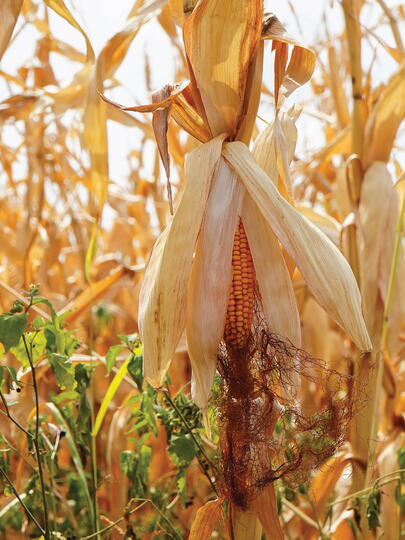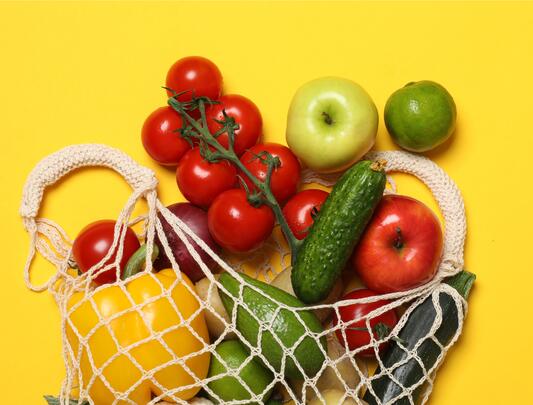Canadian families could spend up to $801 more on food in 2025: report
Canada’s Food Price Report 2025 provides insights into food price trends, affordability challenges, and the broader forces shaping Canada’s food systems.
Food prices in Canada are projected to rise by three to five per cent in 2025, adding up to $801 more to the annual grocery bill for an average family of four, according to Canada’s Food Price Report 2025.
A collaboration between Dalhousie University, the University of Guelph, the University of British Columbia, and the University of Saskatchewan, the report provides insights into food price trends, affordability challenges, and the broader forces shaping Canada’s food systems. Researchers used historical data, machine learning, and predictive analytics to provide insights into food price trends and their impact on Canadians.
Overall trends
- Expected price adjustments: While the report anticipates price increases across food categories, these increases reflect dynamic market conditions and, unlike the past three years, are consistent with overall inflation. Notable exceptions include meat prices that are projected to rise moderately (four per cent to six per cent) as the industry responds to factors such as reduced cattle herds and high feed costs. Price pressures in vegetables (three per cent to five per cent) and bakery items (two per cent to four per cent) are expected to see manageable increases, highlighting ongoing efforts to adapt to production and supply chain challenges.
- Regional variability: Provinces like Newfoundland and Nova Scotia are expected to face above-average price increases, driven by local supply constraints. In contrast, Alberta and British Columbia may remain below the national average due to relatively stable supply chains and production conditions.
Key drivers
- Climate events: Ongoing droughts, extreme weather, and the anticipated effects of a weak La Niña are expected to disrupt crop yields and supply chains. For example, flooding in Eastern Canada and wildfire-induced transportation delays in the West have highlighted vulnerabilities in food distribution networks.
- Labour disruptions: Workforce shortages in agriculture and food processing, exacerbated by COVID-19 and an aging workforce, are causing supply delays. A deficit of 20,000 truck drivers and recent strikes have further stressed the system.
- Exchange rates: A weaker Canadian dollar relative to the US dollar continues to inflate the costs of imported goods, especially fruits and vegetables sourced from the US during winter months. Currently 60 per cent of Canadian agri-food exports are directed to the US which has deepened reliance on the US to sustain growth. The recent re-election of Donald Trump could widen the gap, given his commitment to reducing American farming costs and rolling back environmental regulations.
Economic and social implications
- Consumer behaviour: Rising prices are reshaping shopping habits, with 48.2 per cent of Canadians seeking more sales and discounts, and 28 per cent resorting to reduced food consumption. Couponing, bulk buying, and switching brands are increasingly common.
- Food insecurity: Over 8.7 million Canadians are food insecure, with Northern and Maritime regions bearing the brunt. Food bank visits exceeded 2 million in March 2024 — a historic high, reflecting a 90-per-cent increase since 2019.
- Annual costs: A typical family of four is projected to spend $16,833.67 on food in 2025, an $801.56 increase from 2024. This calculation assumes minimal food waste and exclusive home meal preparation, highlighting affordability concerns.
Policy developments
- Grocery Code of Conduct: Set to launch in mid-2025, the code aims to foster competition among retailers, stabilize prices, and empower smaller grocers. Its success, however, depends on robust enforcement.
- Labour solutions: With over 71,000 agriculture and processing jobs potentially requiring foreign workers by 2030, the report emphasizes the need for policy support to address workforce shortages.
The bigger picture
- Canada’s food systems face interconnected challenges, from rising costs to environmental and social impacts. While food inflation is slowing, efforts to enhance resilience and innovation are essential. Investments in sustainable practices and new technologies could support high production levels and improve access to affordable food for Canadians.
UBC experts from food and resource economics research group in the UBC Faculty of Land and Food Systems — Drs. Kelleen Wiseman (PhD'14), Rick Barichello (BSc'69), and Matias Margulis, and Master’s student Rebecca Feng — contributed to the report.
The UBC team conducted the forecasts of Canadian food prices by analyzing monthly inflation rates of the Consumer Price Index (CPI) for major food categories using a Vector Autoregression (VAR) model. They also conducted a BC to Canada, Ontario, and Alberta food-price-comparison to review if BC prices are higher or lower overall or in specific categories.
For more information, read the full Canada’s Food Price Report 2025.

























